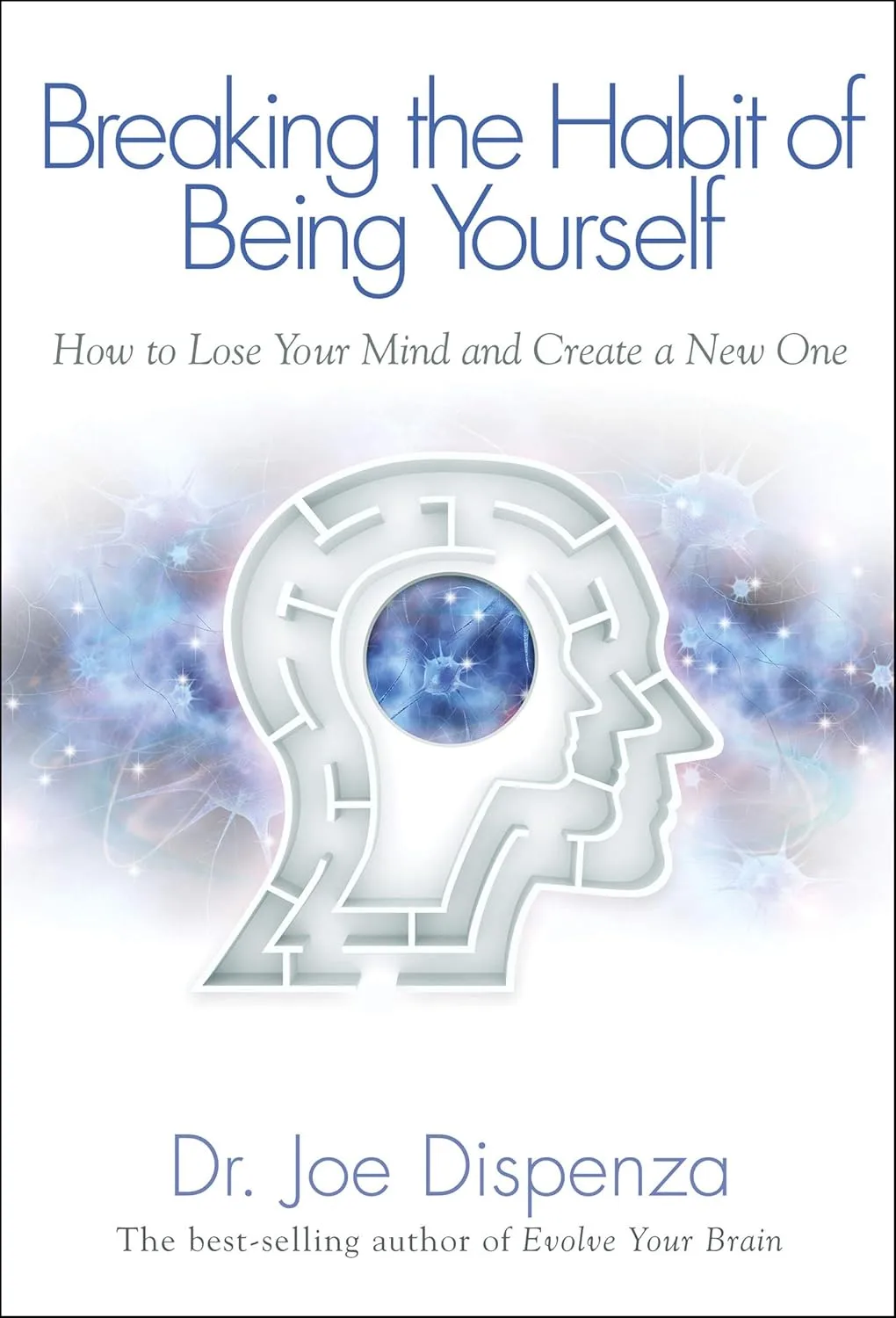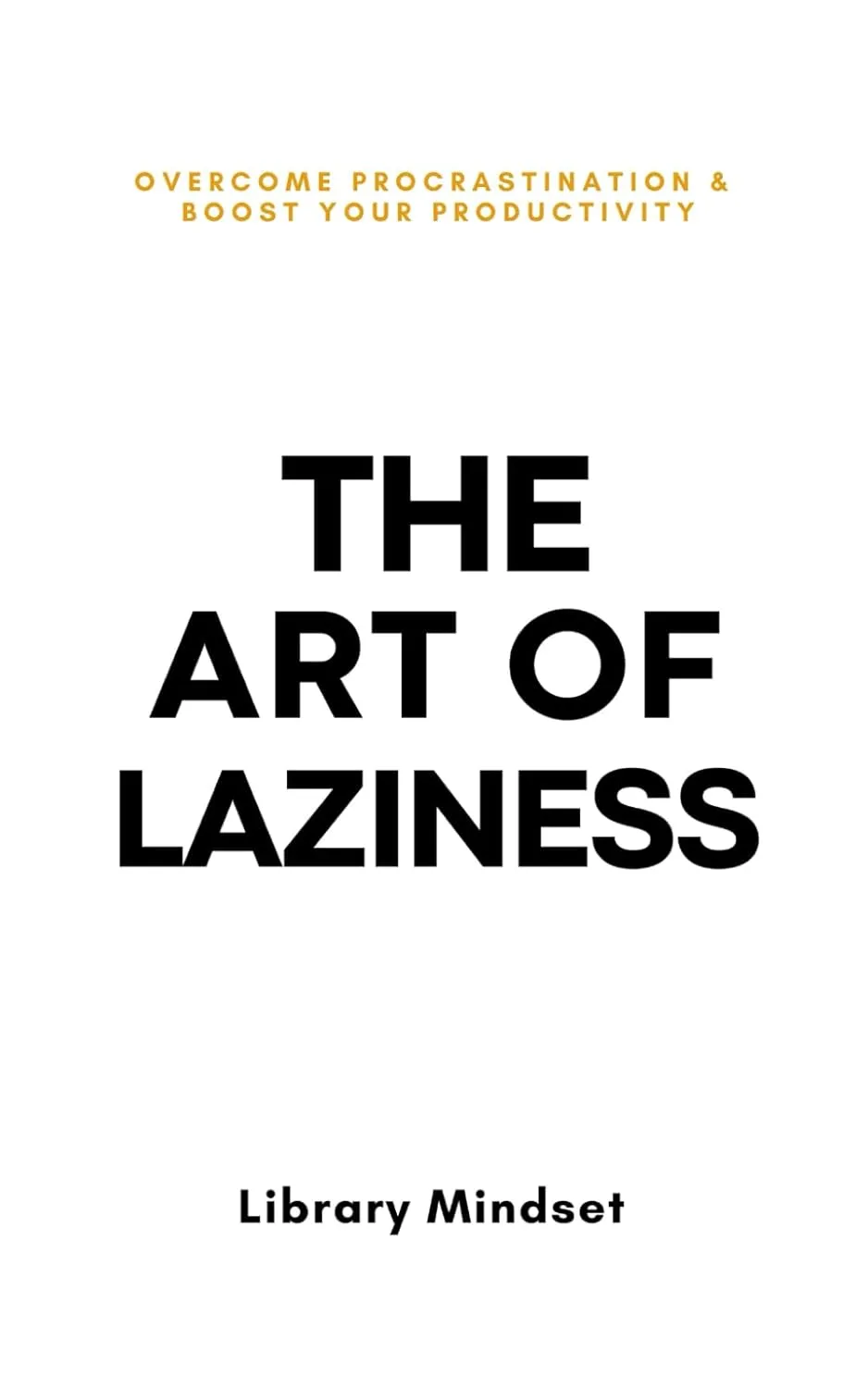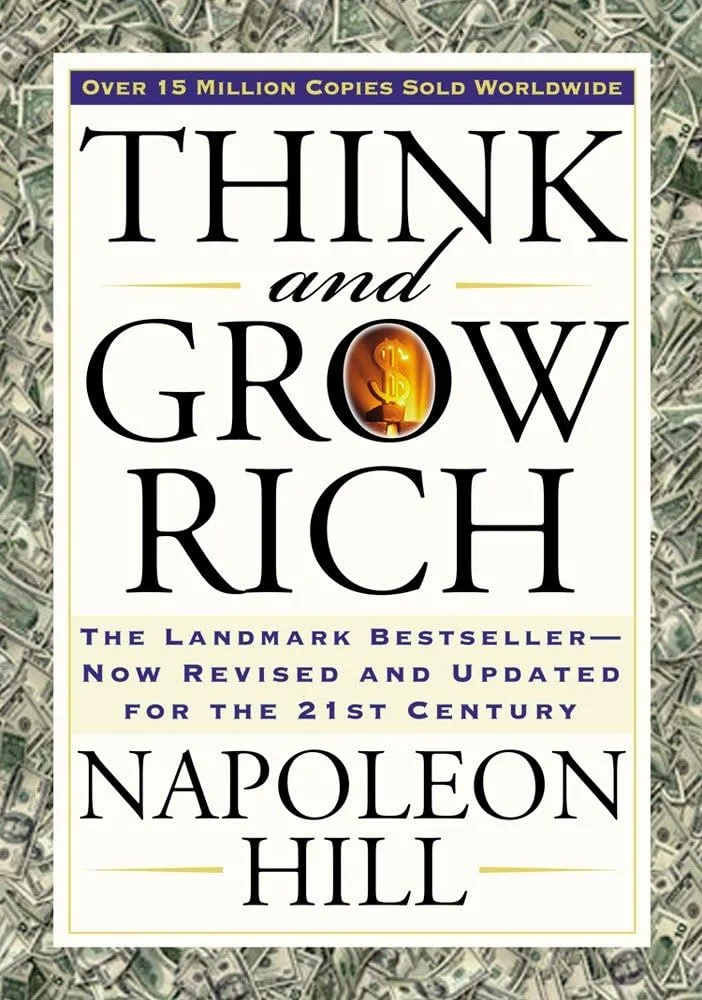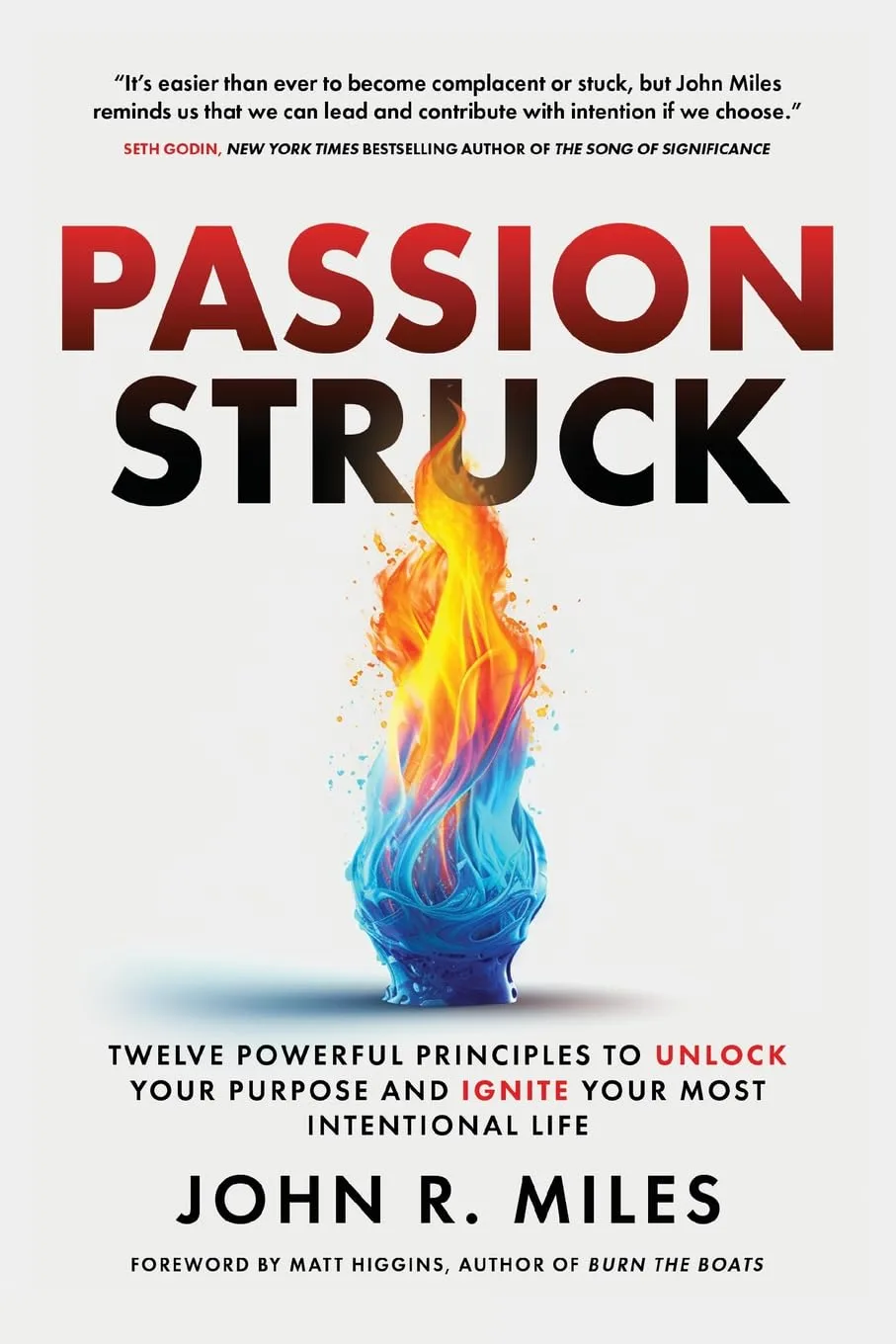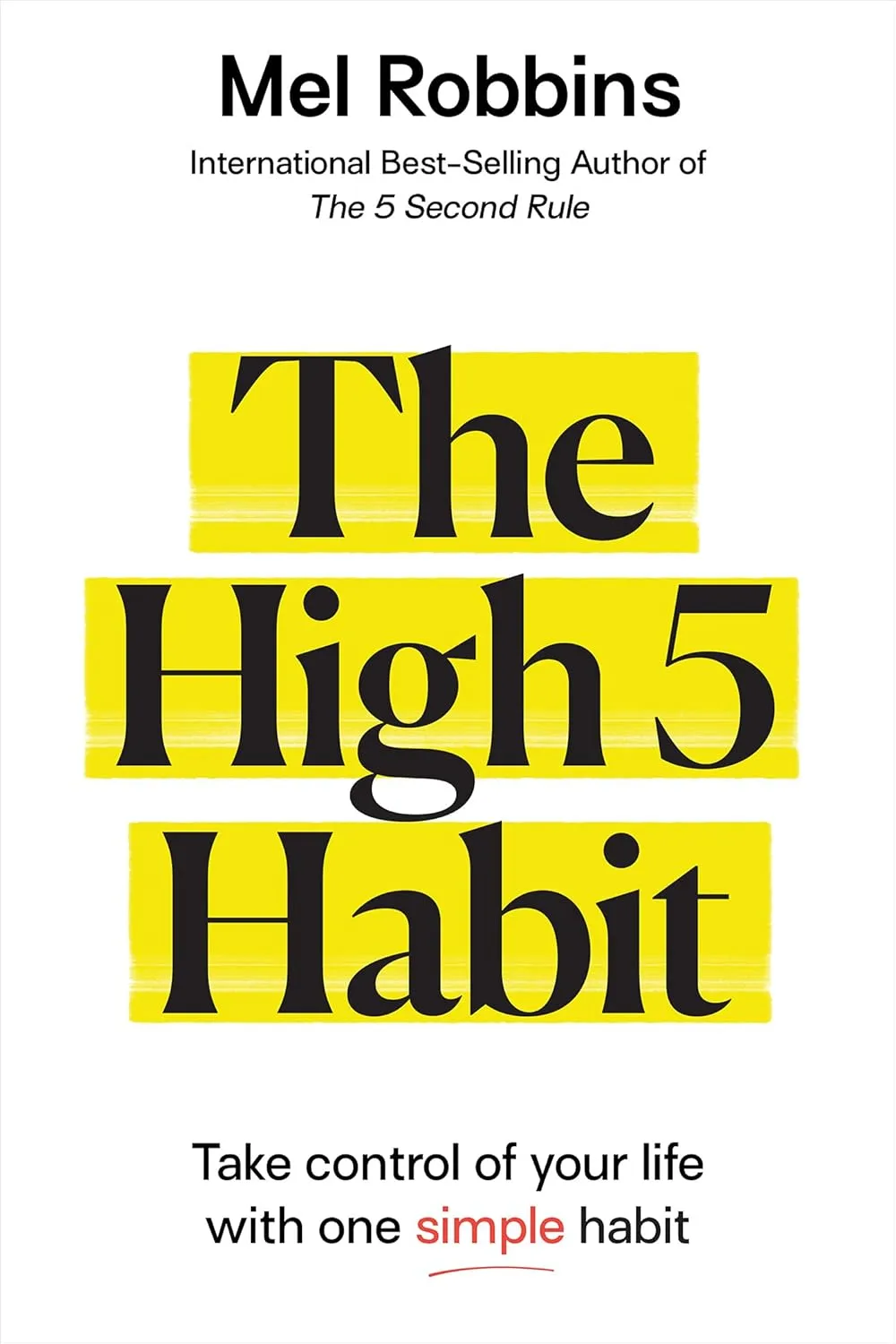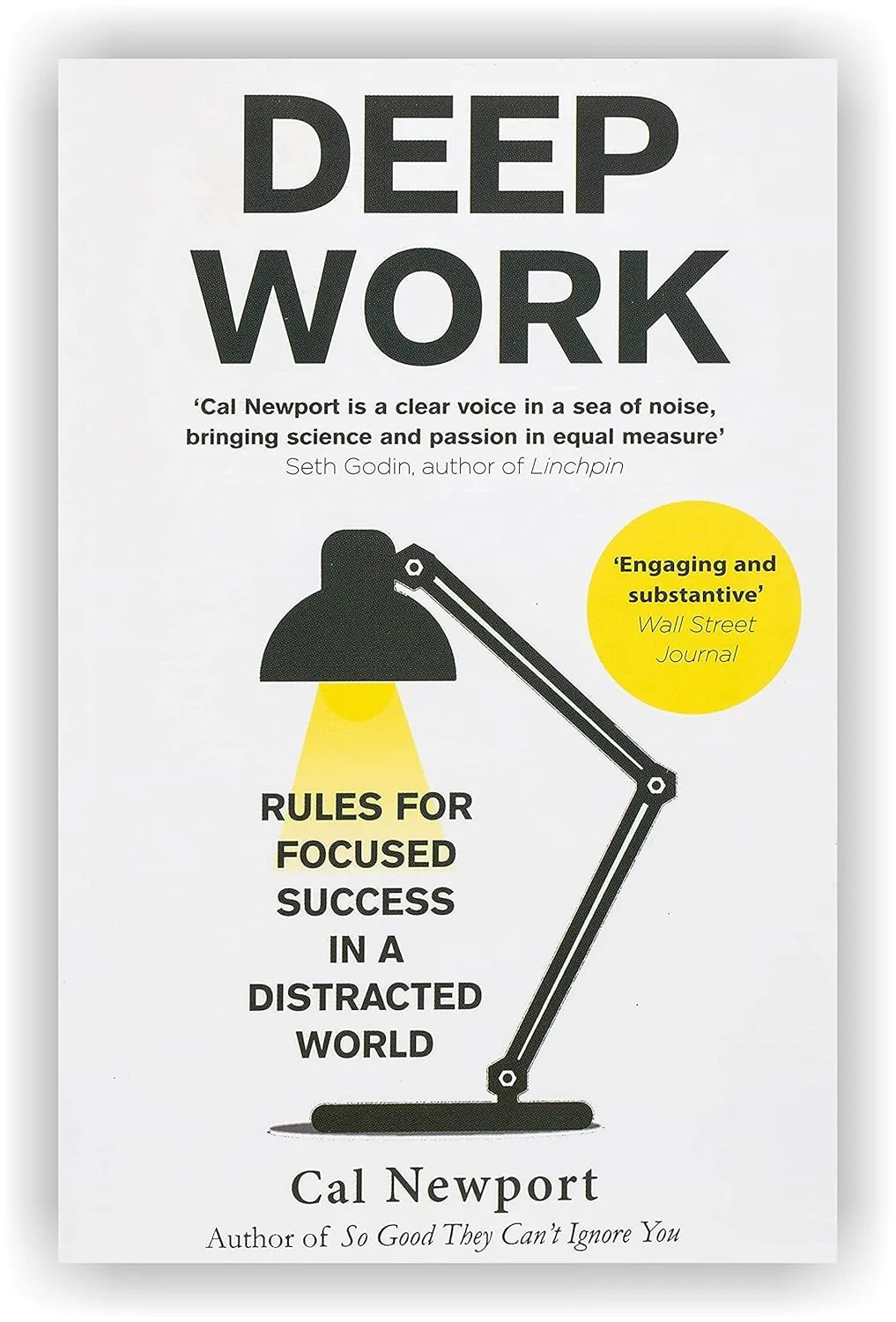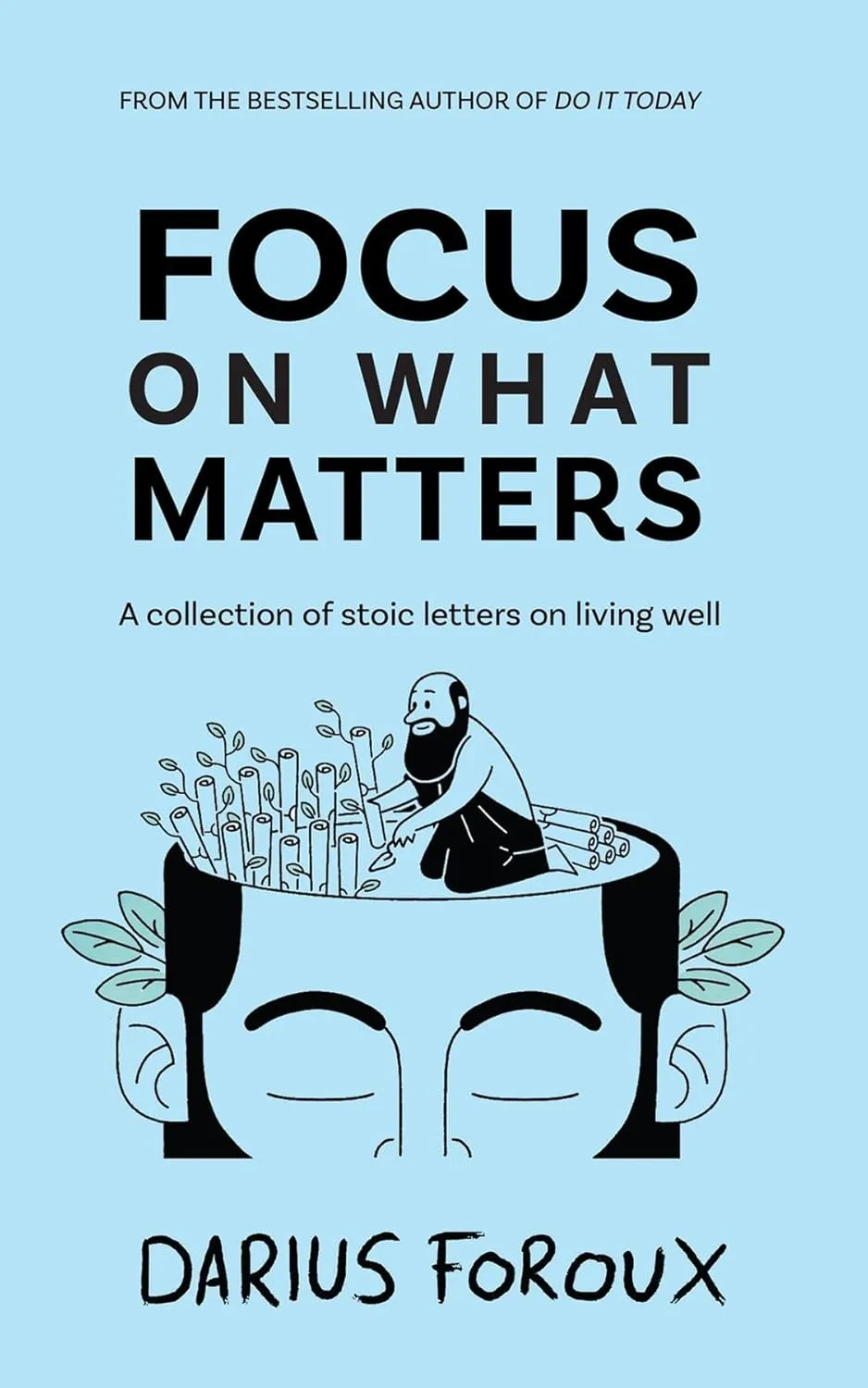Overview
“Breaking the Habit of Being Yourself” presents a revolutionary approach to personal transformation that combines neuroscience, quantum physics, and meditation. Dr. Joe Dispenza discusses removing negativity and using meditation to positively change your life, offering readers a scientific framework for breaking free from limiting patterns and creating lasting change. The book argues that we are not bound by our genes or past experiences, but can actively rewire our brains and transform our reality through conscious effort and specific practices.
Key Takeaways
| Core Principle | Key Insight |
|---|---|
| Neuroplasticity | Your brain can be rewired at any age through conscious practice and repetition |
| Quantum Self | You exist in a field of infinite possibilities; your thoughts and emotions shape your reality |
| Meditation Power | Specific meditation techniques can literally change your brain structure and gene expression |
| Emotional Patterns | Breaking emotional addictions is crucial for personal transformation |
| Present Moment | Living in the present moment, rather than reliving the past, is essential for change |
| Heart-Brain Coherence | Aligning your heart and mind creates optimal conditions for transformation |
| Intention + Elevated Emotion | Combining clear intention with elevated emotions accelerates manifestation |
| Personality = Reality | Your personality creates your personal reality; change your personality, change your life |
Book Structure
The book is organized into three main sections that build upon each other:
Part I: The Science of You
- Explores the neuroscience behind habit formation and how thoughts create reality
- Examines the quantum physics of consciousness and the observer effect
- Discusses how the brain processes information and creates patterns
Part II: Your Brain and Meditation
- Provides the scientific basis for meditation’s transformative effects
- Explains how meditation changes brain wave patterns and neural networks
- Details the relationship between consciousness and brain function
Part III: Stepping Toward Your New Destiny
- Offers practical meditation techniques and exercises
- Guides readers through the process of creating a new self
- Provides tools for maintaining lasting transformation
Each section includes scientific explanations, practical exercises, and real-world applications, making complex concepts accessible to general readers.
About the Author
Dr. Joe Dispenza holds a Doctor of Chiropractic degree from Life University and studied biochemistry at Rutgers University, with a Bachelor of Science degree with an emphasis in Neuroscience from Evergreen State College. He is a New York Times best-selling author, researcher, lecturer, and corporate consultant, whose research has led him to develop a practical formula to help people transform their lives.
Dr. Dispenza’s journey began after a life-changing accident where he was hit by a truck during a cycling race. Rather than accepting conventional treatment that might have left him with permanent disability, he chose to heal himself through meditation and visualization. This experience sparked his lifelong interest in the intersection of consciousness, healing, and human potential.
Through his powerful healing workshops and lectures, thousands of people in 24 different countries have used these principles to change from the inside out. His work has been featured in the documentary “What the BLEEP Do We Know!?” and he continues to conduct research on the effects of meditation on brain function and gene expression.
Why This Book Resonates
The book resonates with readers because it provides:
- Scientific Validation: Unlike purely spiritual or motivational approaches, Dispenza backs his claims with neuroscience and quantum physics research
- Practical Tools: The book offers specific meditation techniques and exercises rather than just theory
- Hope for Change: It demonstrates that transformation is possible at any age or life stage
- Holistic Approach: Combines mental, emotional, and physical aspects of transformation
- Accessible Science: Makes complex scientific concepts understandable to general audiences
The timing of the book’s popularity also coincides with growing interest in consciousness studies, meditation research, and the mind-body connection in mainstream science and culture.
Ideal Audience
Primary Audience:
- Individuals seeking personal transformation and self-improvement
- People interested in the intersection of science and spirituality
- Those struggling with limiting beliefs, negative patterns, or emotional addictions
- Meditation practitioners looking for science-based approaches
Secondary Audience:
- Healthcare professionals interested in mind-body medicine
- Coaches and therapists seeking evidence-based transformation tools
- Students of consciousness studies and quantum physics
- Anyone curious about the relationship between thoughts, emotions, and reality
Perfect for readers who:
- Want to understand the “why” behind transformation techniques
- Appreciate scientific explanations for spiritual concepts
- Are committed to doing the inner work required for change
- Seek practical tools they can implement immediately
Memorable Quote
“The moment you decide to no longer think the same thoughts, act the same way, or live by the same emotions, you are literally changing your mind—and when you change your mind, you change your life.”
This quote encapsulates the book’s central message: that transformation begins with a conscious decision to break free from automatic patterns and that this decision has the power to reshape our entire reality.
Central Themes
| Theme | Description | Application |
|---|---|---|
| Neuroplasticity | The brain’s ability to reorganize and form new neural connections throughout life | Use meditation and conscious practice to rewire limiting beliefs and create new neural pathways |
| Quantum Consciousness | The idea that consciousness plays a fundamental role in shaping reality at the quantum level | Understand how your thoughts and observations influence your experience of reality |
| Emotional Addiction | The concept that we become addicted to familiar emotions, even negative ones | Recognize and break free from emotional patterns that keep you stuck in the past |
| Present Moment Awareness | The importance of living in the present rather than being trapped by past experiences | Practice meditation to cultivate presence and create space for new possibilities |
| Heart-Brain Coherence | The alignment of heart rhythm patterns with brain activity for optimal function | Use breathing techniques and heart-focused meditation to achieve coherence |
| Intention and Attention | The power of combining clear intention with focused attention to create change | Learn to direct your mental energy toward desired outcomes rather than problems |
| Elevated Emotions | The importance of generating positive emotions to attract positive experiences | Practice gratitude, joy, and love to shift your energetic frequency |
| Identity Transformation | The process of literally becoming a new person by changing thoughts, emotions, and behaviors | Use visualization and meditation to embody your future self in the present moment |
Practical Applications
Daily Practices:
- Morning meditation using Dispenza’s specific techniques
- Evening review of thoughts, emotions, and behaviors
- Gratitude practice to elevate emotional state
- Visualization of desired future self
Weekly Practices:
- Longer meditation sessions (45-60 minutes)
- Journaling about patterns and progress
- Review and adjustment of personal transformation goals
Monthly Practices:
- Assessment of neuroplasticity progress
- Adjustment of meditation techniques based on results
- Community engagement with others on similar journeys
FAQ
Q: Is this book scientifically accurate? A: The book is a unique way of linking habits and happiness with neuroscience and quantum physics, though some scientists debate the interpretation of quantum physics concepts. The neuroscience aspects are generally well-supported, while the quantum physics applications remain controversial in scientific circles.
Q: Do I need meditation experience to benefit from this book? A: No prior meditation experience is required. The book provides step-by-step instructions for beginners and includes guided meditations. However, commitment to regular practice is essential for results.
Q: How long does it take to see results? A: Individual results vary, but many readers report initial changes in 3-4 weeks of consistent practice. Significant transformations typically occur over 3-6 months of dedicated application.
Q: Is this book religious or spiritual? A: While the book touches on spiritual concepts, it’s primarily presented through a scientific lens. It’s accessible to people of various religious backgrounds or those who prefer secular approaches.
Q: What makes this different from other self-help books? A: The book’s unique combination of neuroscience, quantum physics, and practical meditation techniques sets it apart from purely motivational or purely spiritual approaches.
Criticisms and Limitations
Potential Concerns:
- Some quantum physics interpretations are disputed by mainstream scientists
- The book requires significant time commitment and practice
- Results may vary greatly between individuals
- Some concepts may be oversimplified for general audiences
Balanced Perspective: While the book offers valuable insights into neuroplasticity and meditation, readers should approach quantum physics claims with healthy skepticism and focus on the practical techniques that have stronger scientific support.
Final Thoughts
“Breaking the Habit of Being Yourself” stands as a significant contribution to the personal development field by bridging the gap between ancient wisdom and modern science. The book is a comprehensive guide that is designed to help people create the reality they want by changing the way they think.
The book’s greatest strength lies in its practical approach to transformation. Rather than simply telling readers to “think positive,” it provides specific techniques grounded in neuroscience research. The meditation practices, when applied consistently, can indeed create measurable changes in brain function and emotional patterns.
However, the book requires more than passive reading—it demands active engagement and consistent practice. The transformation it promises is possible but requires dedication, patience, and willingness to step outside one’s comfort zone.
For those ready to commit to the process, “Breaking the Habit of Being Yourself” offers a roadmap for profound personal change. It empowers readers to take control of their mental and emotional patterns, ultimately creating the life they desire through conscious effort and scientific understanding.
The book’s enduring popularity speaks to its effectiveness for many readers, making it a valuable resource for anyone serious about personal transformation and conscious evolution.
Recommended Reading Order
- First Reading: Focus on understanding the concepts and science
- Second Reading: Begin implementing the meditation practices
- Ongoing Reference: Use specific chapters as needed for continued growth
Additional Resources
Complementary Books:
- “Evolve Your Brain” by Joe Dispenza (predecessor to this book)
- “Becoming Supernatural” by Joe Dispenza (sequel focusing on advanced practices)
- “The Power of Now” by Eckhart Tolle (present moment awareness)
- “Waking Up” by Sam Harris (meditation and consciousness)
Online Resources:
- Dr. Joe Dispenza’s official website with guided meditations
- Research studies on meditation and neuroplasticity
- Online communities practicing Dispenza’s techniques
📖 Buy Breaking the Habit of Being Yourself on Amazon
📄 View More Summaries

